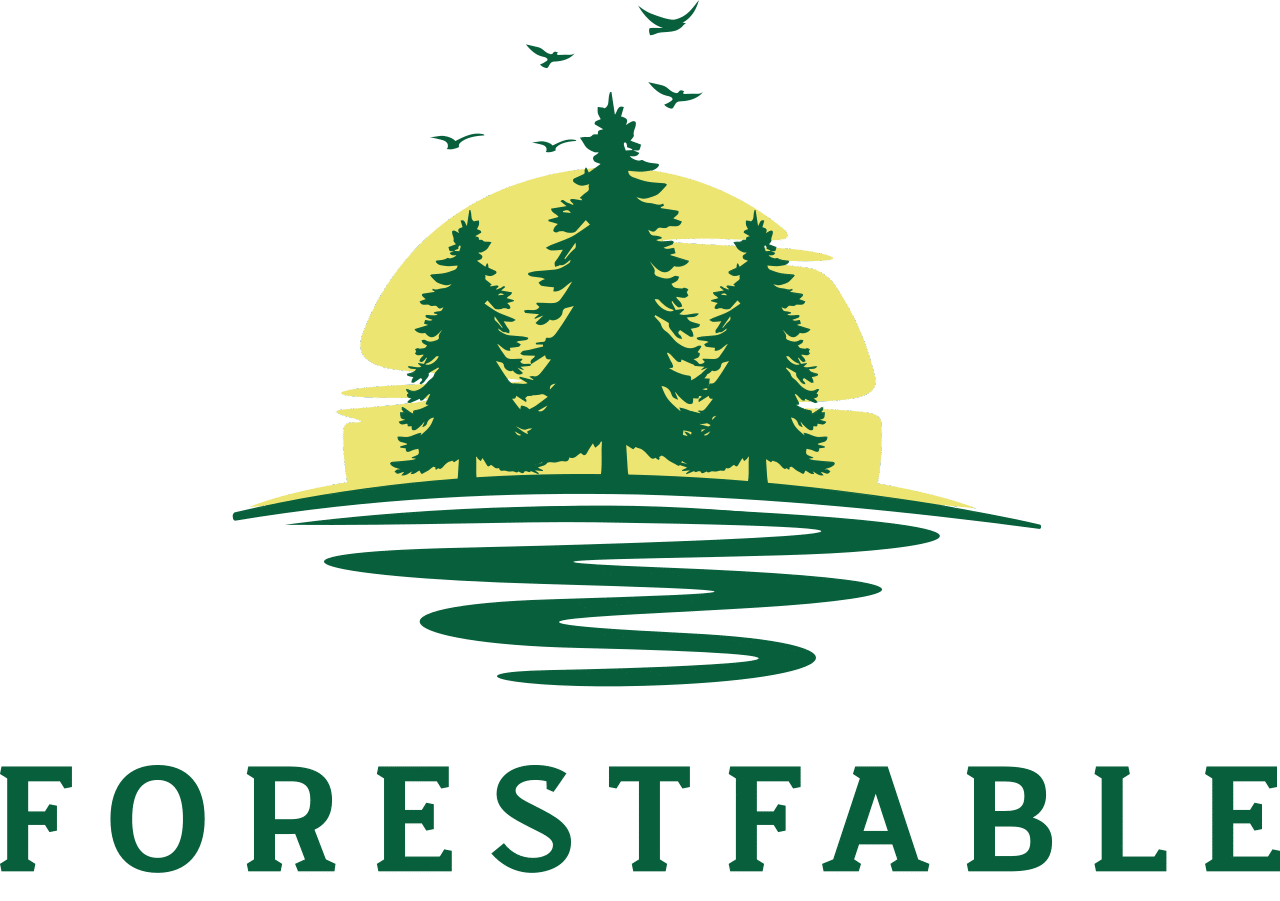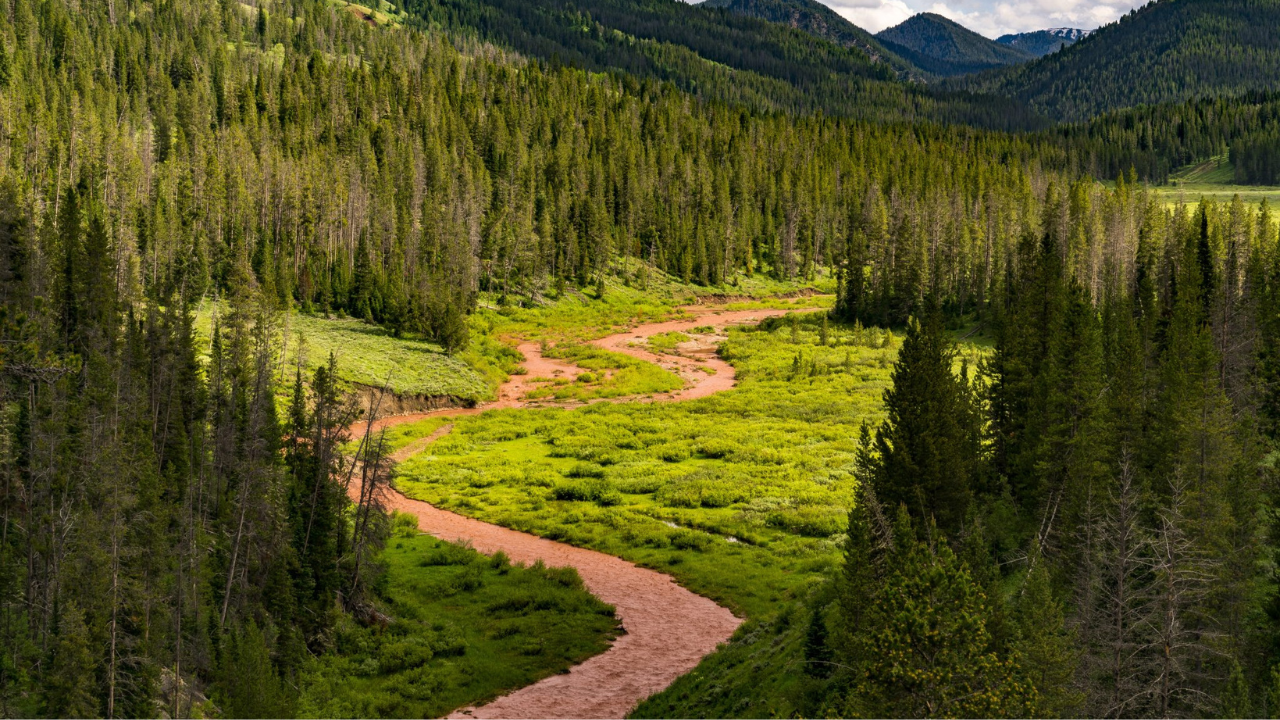Introduction: A New Era for Forest Conservation
In August 2023, the United States Department of Agriculture (USDA) Forest Service announced a transformative $150 million funding opportunity, part of a larger $450 million allocation from the Inflation Reduction Act (IRA), aimed at empowering underserved and small-acreage forest landowners to conserve America’s forests. This historic investment, bolstered by subsequent grants in 2024, marks a pivotal moment in U.S. forestry policy, breaking down longstanding barriers that have excluded rural families, Tribal communities, and minority landowners from accessing emerging markets like the voluntary carbon market. With forests covering over 750 million acres and acting as the nation’s largest terrestrial carbon sink, this funding not only supports climate mitigation but also fosters economic opportunities, preserves land ownership, and enhances forest resilience. This 2,000-word article explores how IRA funding is revolutionizing conservation for underserved landowners, the mechanisms driving this change, and the broader implications for America’s forests and rural communities in 2025.
The Role of Forests in Climate Mitigation
Forests are critical to combating climate change, sequestering approximately 866 million metric tons of carbon dioxide annually—equivalent to nearly 16% of U.S. total emissions. Private landowners manage over 60% of these forests, with nearly 39% owned by rural families and individuals, totaling 290 million acres. These lands, often referred to as family forests, are vital for carbon storage, wildlife habitat, clean water, and sustainable wood production. However, many small-acreage and underserved landowners—those with less than 2,500 acres, including Black, Native American, Hispanic, and low-income communities—have historically faced significant hurdles in accessing technical and financial resources to manage their forests sustainably.
High acreage requirements, prohibitive startup costs, and complex regulations have excluded these landowners from programs like carbon markets, which offer financial incentives for practices that enhance carbon sequestration. The IRA, signed into law on August 16, 2022, addresses these inequities through targeted funding, prioritizing underserved groups and small-acreage owners to ensure they can participate in climate-smart forestry and contribute to national conservation goals.
The Inflation Reduction Act: A Game-Changer for Forestry
The IRA represents the largest federal investment in climate action in U.S. history, allocating $5 billion to the USDA Forest Service for forestry programs. Subtitle D, Section 23002, dedicates $550 million for competitive grants to non-federal forest landowners under the Cooperative Forestry Assistance Act of 1978, with a focus on climate mitigation and forest resilience. Key allocations include:
- $150 million for underserved landowners to implement climate mitigation or forest resilience practices.
- $150 million for underserved landowners to access emerging private markets, such as the voluntary carbon market.
- $100 million for landowners with less than 2,500 acres to participate in emerging markets.
- $50 million for states and eligible entities to support forestry practices that enhance carbon sequestration.
- $100 million for wood innovation grants to promote sustainable wood products.
These funds, available until September 30, 2031, are administered through programs like the Landscape Scale Restoration (LSR) Program and the Forest Landowner Support (FLS) Program, designed to lower barriers and provide technical and financial assistance.
Empowering Underserved Landowners
Historically, underserved landowners, including Black families, Tribal communities, and small-acreage owners, have been marginalized in conservation programs due to systemic barriers like discriminatory lending practices, complex heir’s property issues, and lack of access to information. For example, Renee Moore Williams, a Black landowner managing the 154-year-old Moore Family Century Farm in Tennessee, has spoken about the challenges of navigating government programs: “The plethora of private and government announcements and regulations to access relevant resources for our heir’s property is overwhelming. I have hope that these NOFA funds will bring the solutions I have dreamed about.”
The IRA’s funding tackles these challenges by:
- Targeting Underserved Groups: Grants prioritize disadvantaged communities, aligning with the Biden-Harris Administration’s Justice40 Initiative, which aims to direct 40% of federal climate investments to marginalized groups.
- Simplifying Access: Programs like the FLS provide technical assistance to help landowners navigate carbon markets and implement practices like reforestation or sustainable harvesting.
- Addressing Heir’s Property: Organizations like the Center for Heirs’ Property Preservation, awarded $1.5 million in March 2024, partner with institutions like the University of Arkansas Pine Bluff to resolve legal land ownership issues, enabling Black landowners to access funding.
- Supporting Tribal Communities: The USDA has allocated at least $20 million for Tribes and Alaska Native corporations to engage in climate markets, with future funding opportunities planned.
The Family Forest Carbon Program: A Model for Success
A cornerstone of the IRA’s impact is its support for the Family Forest Carbon Program (FFCP), managed by the American Forest Foundation (AFF) and The Nature Conservancy. The FFCP empowers landowners with as few as 30 acres to adopt climate-smart practices, such as extended harvest rotations or replanting burned areas, and sell carbon credits to companies. Unlike traditional carbon programs, which often require large parcels, the FFCP provides upfront funding, making it accessible to small-acreage owners.
In March 2024, the USDA awarded AFF $20 million through the FLS Program to scale the FFCP, enabling partnerships with states, non-profits, and Tribal organizations. This grant supports:
- Market Access: Helping landowners monetize carbon sequestration alongside timber and recreation revenue.
- Technical Assistance: Expanding outreach to underserved communities through local networks.
- Long-Term Support: Extending funding from 3-5 years (typical for state programs) to 20-30 years via public-private partnerships.
The FFCP’s success is evident in its ability to engage 21 million family forest owners, who steward 39% of U.S. forestland. By diversifying income streams, the program helps landowners resist development pressures, preserving forests for future generations.
Key Funding Milestones
The USDA’s strategic rollout of IRA funds has accelerated conservation efforts:
- August 2023: $150 million announced through the LSR Program to connect underserved landowners to climate markets, announced by Agriculture Secretary Tom Vilsack at the Sustainable Forestry and African American Land Retention Conference.
- March 2024: $145 million awarded, including $20 million to AFF and $3.2 million to the University of Arkansas Pine Bluff to support Black landowners.
- August 2024: $15 million allocated for small-acreage landowners, followed by $210 million in December 2024 for climate market access.
- January 2025: Over $450 million committed to climate market programs, with additional wood innovation grants exceeding $100 million.
These investments leverage public-private partnerships, amplifying the $500 million federal investment with billions in private-sector carbon market funds.
Benefits for Landowners and Communities
The IRA’s funding delivers multifaceted benefits:
- Economic Opportunities: Carbon markets provide annual income, complementing traditional revenue from timber or recreation. For example, landowners can earn $13 per tonne of CO2 sequestered, supporting land stewardship.
- Climate Resilience: Practices like controlled burns and thinning reduce wildfire risk, protecting forests from catastrophic blazes.
- Biodiversity and Water Quality: Sustainable management enhances wildlife habitats and protects watersheds, benefiting downstream communities.
- Rural Economies: Investments create jobs in forestry, technical assistance, and wood innovation, bolstering local economies.
- Generational Wealth: By resolving heir’s property issues and providing financial incentives, the program helps families retain land, particularly in Black and Tribal communities.
Challenges and Considerations
Despite its promise, the IRA funding faces challenges:
- Administrative Complexity: Navigating grants and carbon markets can be daunting for small landowners. The USDA is addressing this through technical assistance and partnerships with organizations like City Forest Credits, which received a $2 million grant in March 2024 to support urban-adjacent landowners.
- Eligibility Barriers: Some programs require a 20% non-federal cost-share, though waivers are available for underserved groups.
- Long-Term Commitment: Carbon market contracts often span 20-30 years, requiring landowners to plan for sustained management.
- Equity Concerns: Ensuring funds reach the most marginalized communities requires ongoing outreach and monitoring. The USDA’s Equity in Conservation Outreach Cooperative Agreements are helping bridge this gap.
Case Studies: Real-World Impact
- Moore Family Century Farm, Tennessee: Renee Moore Williams is using IRA-funded technical assistance to resolve heir’s property issues, enabling her family to access carbon markets and preserve their 154-year-old farm.
- Arkansas Black Landowners: The Center for Heirs’ Property Preservation and the University of Arkansas Pine Bluff are collaborating to provide education and legal support, helping families retain land and adopt sustainable practices.
- Urban-Rural Forests: City Forest Credits is working with land trusts to conserve small forest parcels near cities, generating carbon revenue to protect trees at risk of development.
Broader Implications for 2025 and Beyond
The IRA’s forestry investments align with the Biden-Harris Administration’s climate goals, aiming for a 50% emissions reduction by 2030 from 2005 levels. By empowering underserved landowners, the program unlocks the potential to mitigate one billion tonnes of carbon, leveraging the 290 million acres of family-owned forests.
In 2025, the USDA anticipates additional funding opportunities, including a Tribal-focused grant, to further expand access. The integration of wood innovation grants, which support products like biochar and low-carbon concrete, also opens new markets for landowners, enhancing the economic viability of sustainable forestry.
The program’s emphasis on public-private partnerships ensures long-term impact, with private carbon market investments extending federal funds. This model could serve as a blueprint for global conservation efforts, demonstrating how targeted investments can address equity, climate, and economic challenges simultaneously.
How Landowners Can Get Involved
Eligible entities—states, Tribal governments, non-profits, for-profits, and local governments—can apply for grants through Grants.gov. Landowners should:
- Review NOFOs: Check the Notice of Funding Opportunities for eligibility and deadlines.
- Contact FLS Staff: Reach out to Forest Landowner Support staff for guidance, though they cannot advise on specific proposals.
- Partner with Organizations: Work with groups like AFF, City Forest Credits, or local land trusts for technical assistance.
- Prepare for Cost-Share: Be ready for potential 20% non-federal cost-share requirements, unless waived.
Conclusion
The IRA’s $450 million investment in underserved and small-acreage forest landowners is a landmark achievement, redefining who can participate in America’s conservation efforts. By dismantling barriers to carbon markets and providing technical and financial support, the program empowers rural families, Black landowners, Tribal communities, and small-acreage owners to steward their forests for climate mitigation, economic gain, and generational wealth. With 39% of U.S. forests under family ownership, this initiative unlocks vast potential to sequester carbon, enhance resilience, and protect biodiversity. As the USDA continues to roll out funds in 2025, the impact will ripple across rural economies, disadvantaged communities, and the nation’s climate strategy. For landowners like Renee Moore Williams, this funding is not just a policy—it’s a lifeline to preserve their legacy and contribute to a healthier planet. To learn more, visit fs.usda.gov or forestfoundation.org.




